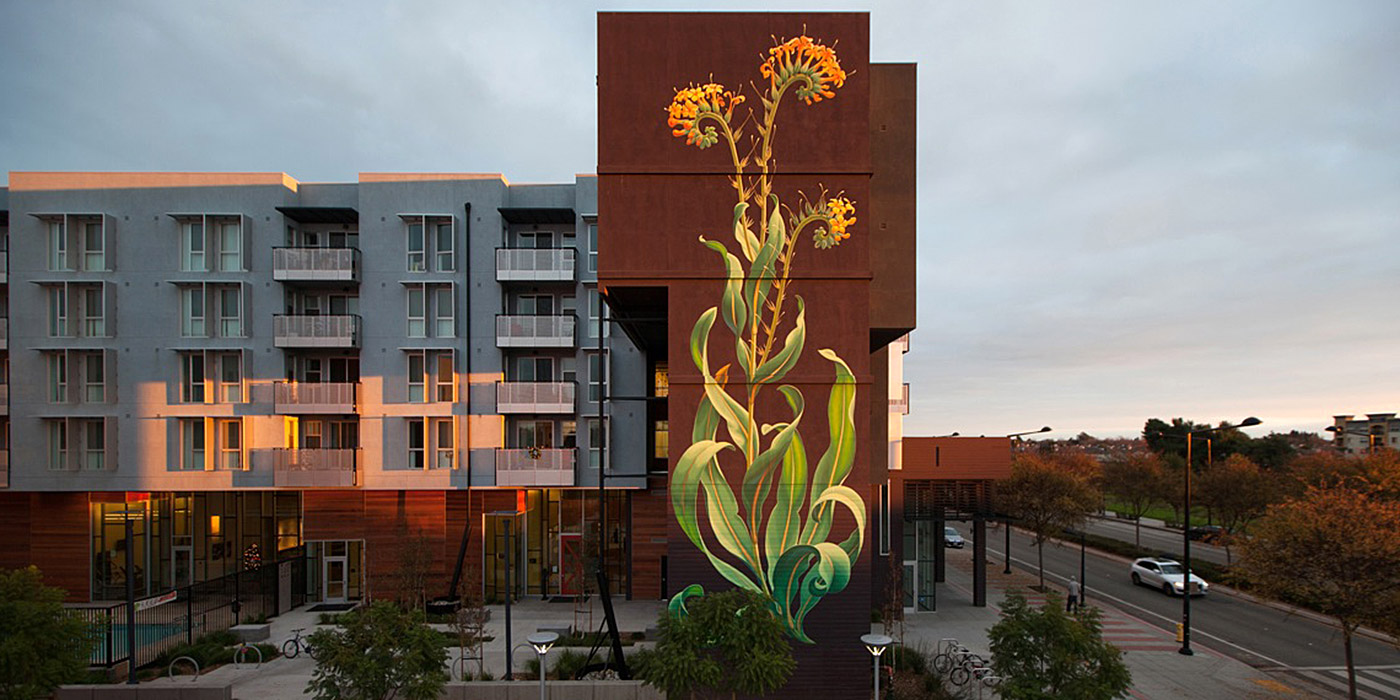 Sustainability is a futuristic, even utopian, project par excellence. As with all utopian projects, sustainability offers a vision of the future to galvanize us to imagine our world otherwise and engage in the work necessary to change it.
Sustainability is a futuristic, even utopian, project par excellence. As with all utopian projects, sustainability offers a vision of the future to galvanize us to imagine our world otherwise and engage in the work necessary to change it.
Sustainability asks us to define those things of greatest value in our present that ought to be sustained in order to achieve this utopian vision of the future. Simultaneously, it forces us to consider those things that are not of value, and should not be sustained. Sustainability is thus a striking example of the power and limits of utopian ideals.
This dream of a sustainable future, in all its complexity is deeply rooted in California. Sustainability is now a global discourse. But California has played an out-sized role over the last century in promoting the discourse, as well as in embodying sustainability in the eyes of the world. This has especially been the case in California’s most famous green zone, the Bay Area, which has been at the forefront of eco-oriented lifestyles, cultural experiments, and politics for over a half century.¹
Indeed, the Bay Area is often imagined as the heartland of “ecotopia.” Ernest Callenbach coined the term in his 1975 cult novel of the same name, in which an Edenic Northern California, with San Francisco as its capital and the Sierra Nevada as its defensible border, has seceded from the rest of the nation. Ecotopia helped establish a futurist mythos in which sustainability is identifiably Californian, and California itself becomes less a place than an ideal—one that others around the world can only dream of attaining.²
This ecotopian vision has had remarkably wide and enduring influence. Given the global cultural, media, and economic influence of California, as well as the dramatic natural attributes of the West Coast, sustainability projects hatched in the Golden State have had something of a branding advantage.³ Green Californian vistas have been reimagined through advertising, product design, regional vision plans, lifestyle magazines, architectural experiments, films, and literature. They have also had a profound impact on modern, eco-oriented organizations and social movements—from the Sierra Club to the alternative food movement—that remain associated with the state’s unique landscape and supposedly unique state of mind.
This has had the effect of reifying a dominant vision of sustainability, providing authentically “Californian” images, experiences, faces, and products to ground this inherently abstract notion, and has thereby solidified the state’s reputation—and in particular iconic cities, regions, and landscapes—as the spatial and cultural embodiments of our sustainable future. California, and especially Northern California, have become a sustainable mecca to make pilgrimage to, gain inspiration from, and seek to emulate.
Read more of this article excerpt, published in the Winter 2014 issue of Boom: A Journal of California. The full text is available through JSTOR.

